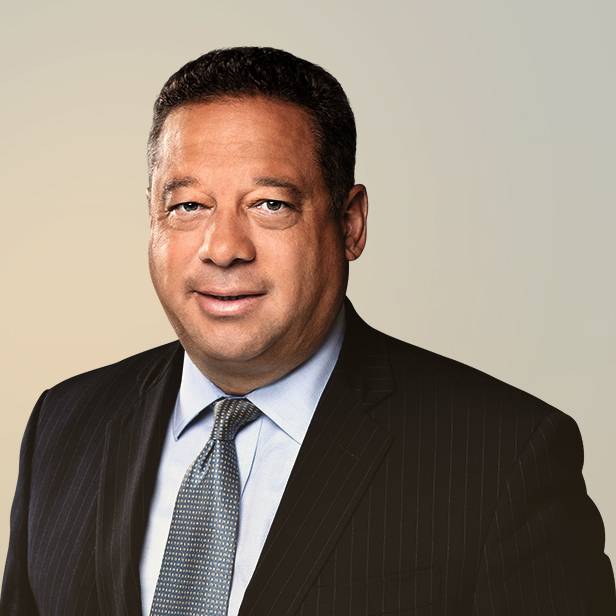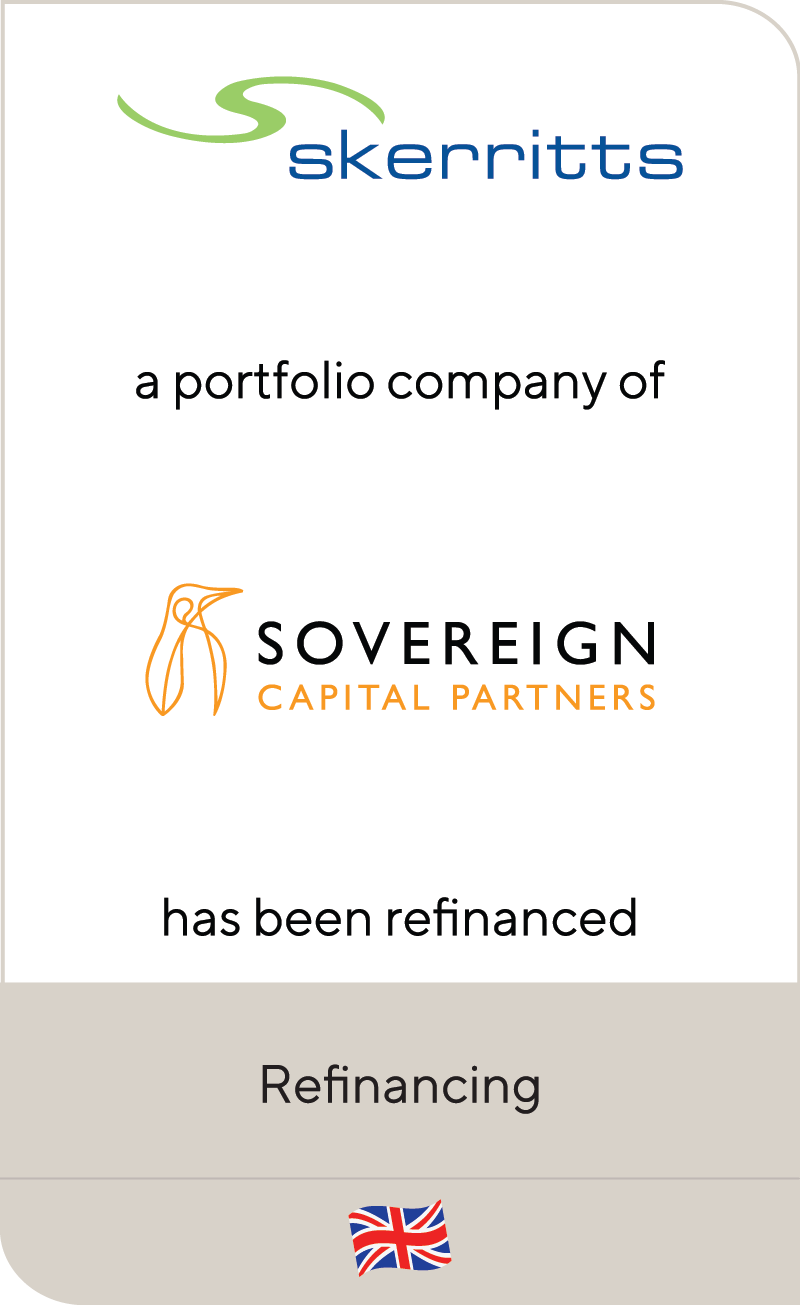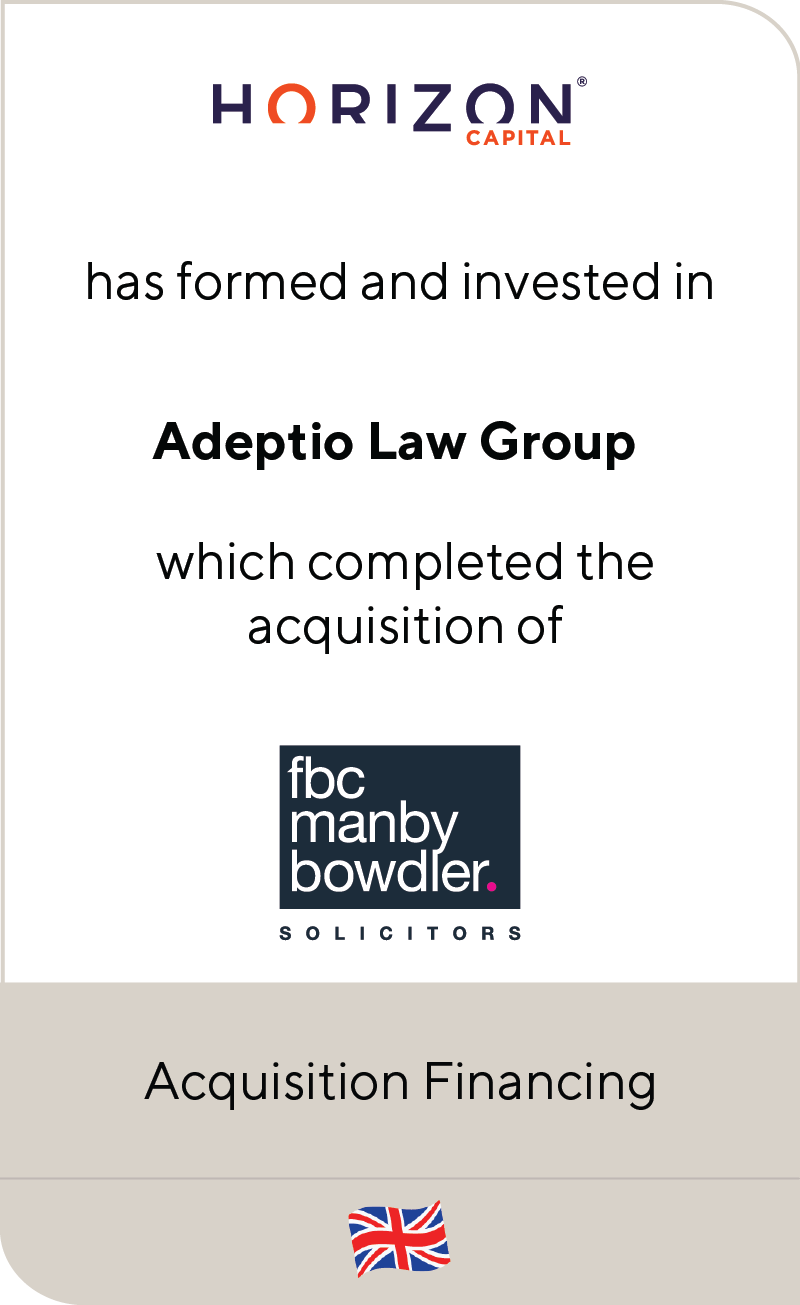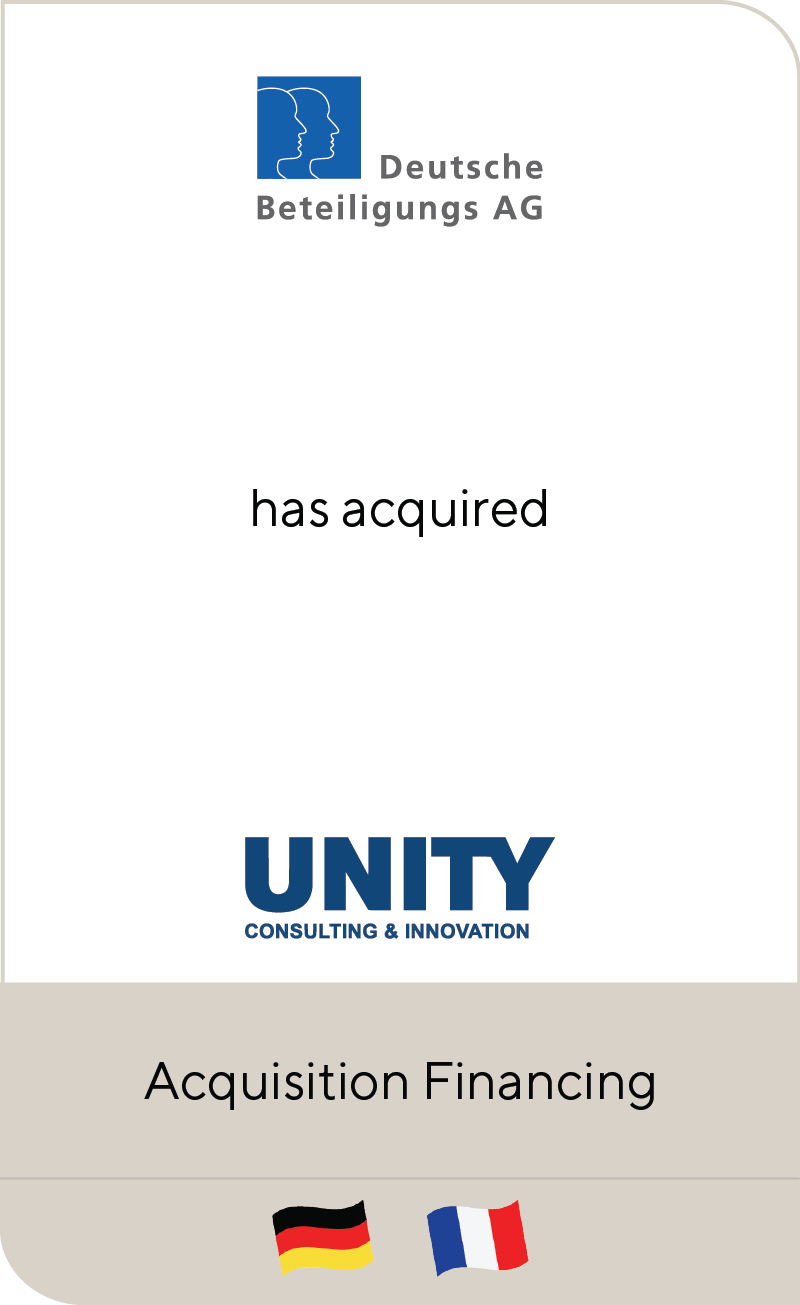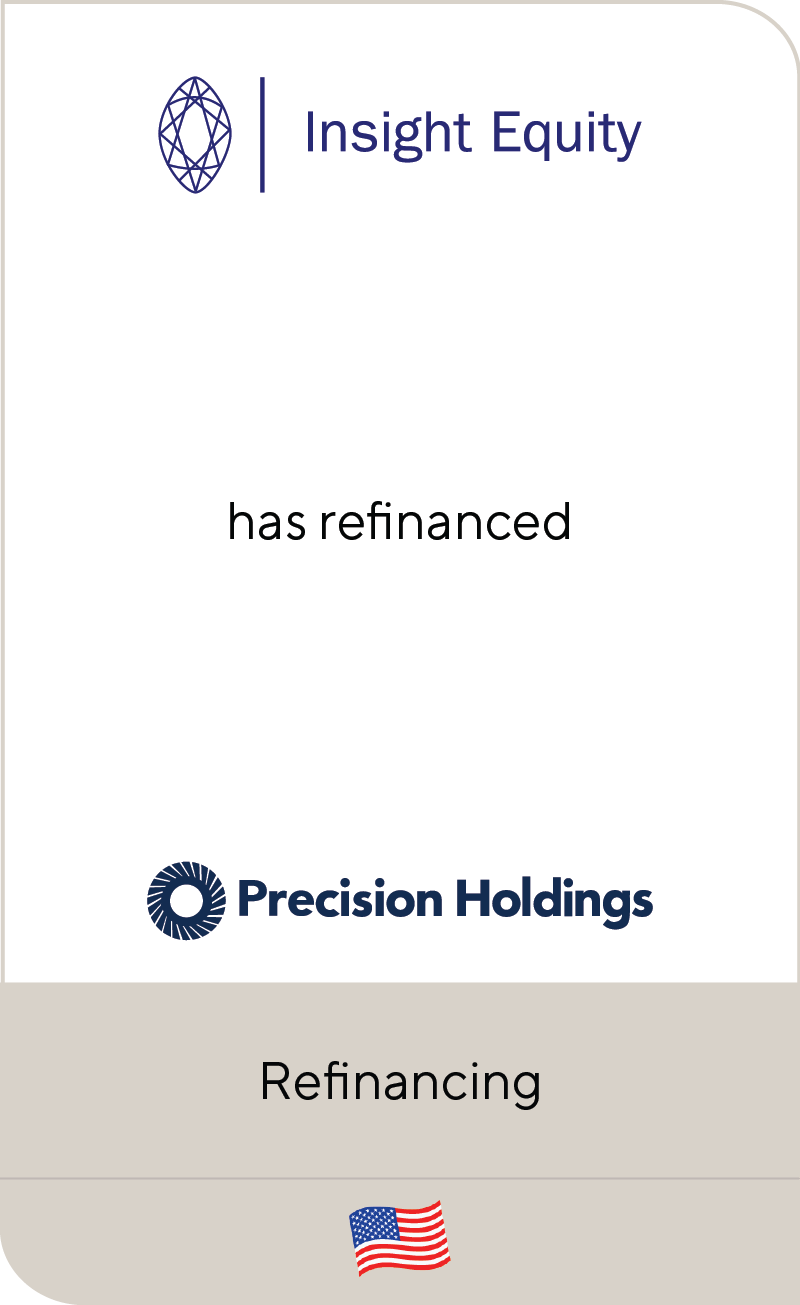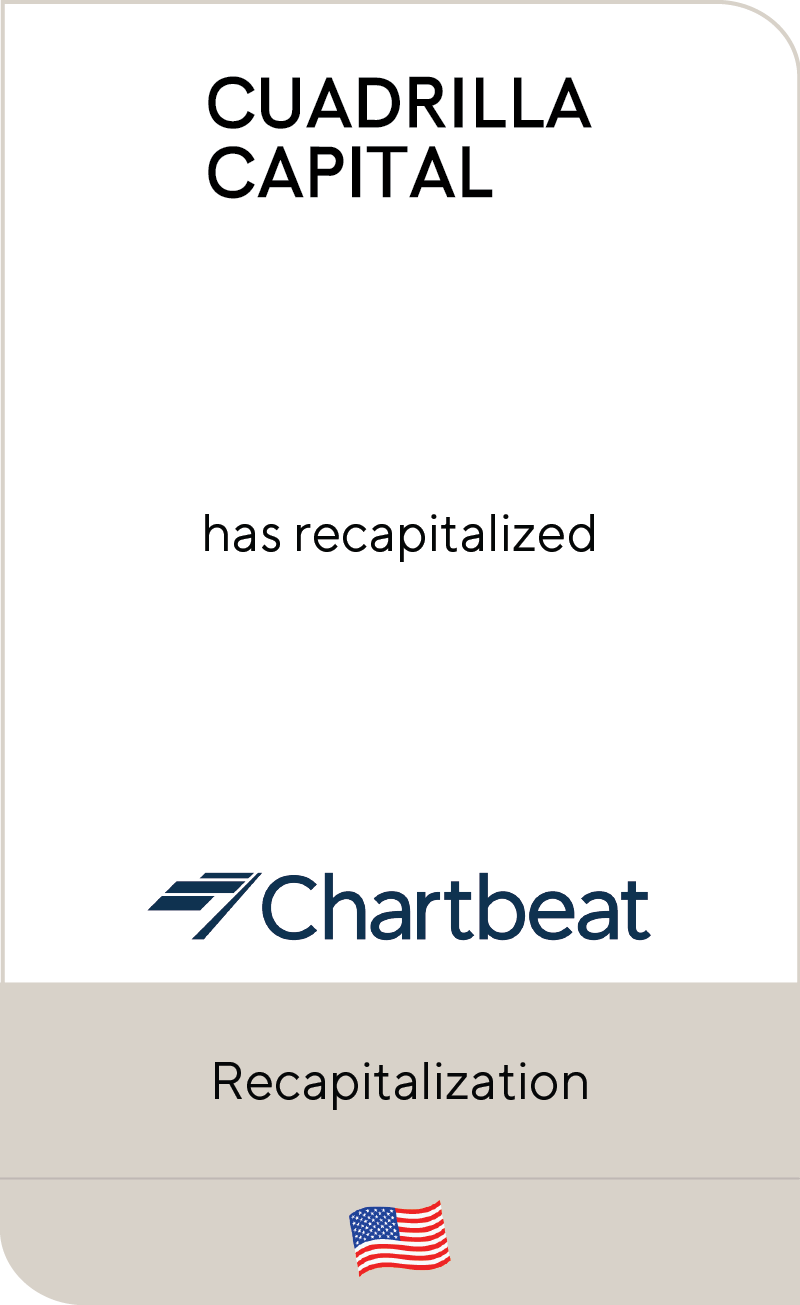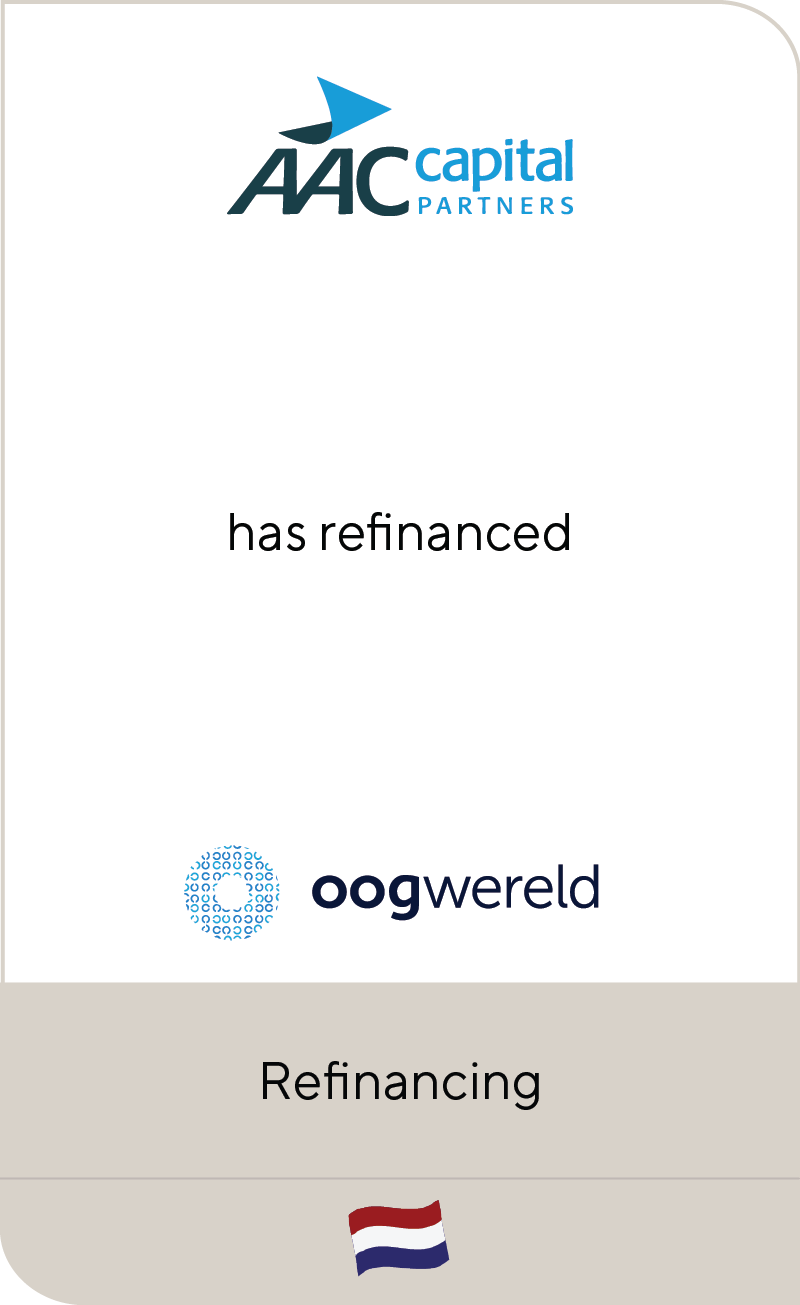Silent Defaults in Private Credit: The Unspoken Struggle
Jul 2024
| A meaningful percentage of borrowers are facing challenges as base rates remain stubbornly high for longer. While companies are demonstrating consistent performance, many are experiencing liquidity constraints. Despite private credit default rates at lower levels, there’s a shadow side to this story.
Behind the scenes, there has been an influx of “silent” defaults that have required amendments and new capital injections. For the past 12-18 months, lenders have been very accommodative and willing to work towards solutions with sponsors, but this has occurred against a backdrop of solid economic growth yet muted mergers and acquisitions (M&A) activity. If there is any slowdown at the macroeconomic level, the ability of borrowers to easily amend their facilities may be impacted, and it could happen very quickly. This may lead to large, realized equity losses as lenders could start forcing sales to have their debt repaid. |
Summary
-
Lincoln’s capital advisory experts further explore silent defaults, recognizing the critical need for strategic solutions.
- Click here to download a printable version of this perspective.
- Sign up to receive Lincoln's perspectives
What Started the Problem?
The M&A boom from 2020 to 2022 was fueled largely by the near-zero base rates. Private equity (PE) firms were able to take out more leverage on deals which also led to higher multiples. Just two years later, the base rate is about 5% higher. Those once-performing capital structures may not be able to support the current debt load.
Consider this scenario: a deal that closed with 4.0x leverage in 2020 enjoyed a healthy fixed charge ratio of 1.3x. Now, let’s fast forward to today, with all variables held constant (revenue, EBITDA margins, etc.) except for the substantial increase in the base rate – that once-healthy fixed charge ratio has plummeted below the critical threshold of 1.0x.
Compounding this issue is the fact that companies are not transacting at the lofty multiples they were just two years ago. This has negatively impacted the ability of PE firms to “sell” their way out of nearing maturity dates, covenant tightness or liquidity shortfalls.
The Rise of Silent Defaults
This dynamic has led to a slew of amendments in the past 12 months. For context, Lincoln’s Valuations and Opinions Group conducts valuations on more than 5,500 portfolio companies every quarter. In the last 12 months, Lincoln observed over 730 amendments which represents ~16% of the companies valued. Approximately 35% of the observed amendments have required sponsor contributions. While some of these amendments are related to add-on acquisitions and other positive growth initiatives, many are related to liquidity needs and / or are being done to extend maturities and extend hold periods.
A more sobering statistic is the average fixed charge coverage of the 5,500 companies; the data shows that almost 40% of companies are operating with a free cash flow to debt servicing ratio of less than 1.0x. While this ratio has improved more recently (it hit 50% at one point in time), this statistic proves that a large swath of borrowers are living on the edge of payment defaults.
Up until now, sponsors have been willing to invest additional capital as part of these amendments to provide temporary relief on debt service and extend the runway of the existing capital structure with the view that rates would come down and they would be able to either 1) refinance the capital structure in the next 12-18 months or 2) be able to sell the business for a similar multiple in which they bought it just a few years ago.
Stubborn Inflation and Higher Rates for Longer
Heading into 2024, many were hoping for up to six rate cuts. However, we are already halfway through the year and stubborn inflation has tempered those predictions – CPI reaccelerated in 2024, with February, March and April CPI up 0.4%, 0.4% and 0.3%, respectively, before flattening out in May. In the June press conference, Fed Chairman Powell stated it isn’t appropriate to reduce rates and to loosen policy until they have more confidence that inflation is moving back down to 2% on a sustainable basis. This reality of higher rates for longer means some sponsors are facing difficult situations that they haven’t had to deal with before with multiple portfolio companies needing additional capital for liquidity or to buy maturity extensions. At some point, sponsors will not be able to inject any more cash into the portfolio companies or they will need to make the difficult decision on which ones to save and which ones to let go.
The Window to Act May Close Quickly
Current market conditions are accommodative to borrowers and sponsors. Maturity extensions have been common with over-levered capital structures, as long as the business is stable and able to service the debt. Yet this leniency has implications that extend beyond individual transactions.
The willingness of lenders to work towards solutions has occurred against a backdrop of solid economic growth and a dearth of M&A activity. A decline in economic conditions resulting in increased default rates, or conversely, a more vigorous M&A market that provides better alternatives to deploy capital may reduce a lender’s willingness to be constructive in more challenging situations.
While this window is open, sponsors should be proactive by working with lenders to address problem capital structures and extend the investment runway. Lincoln’s capital advisory team is highly experienced in dealing with these situations and has been very successful in preserving optionality for sponsor equity. Contact one of our below professionals to explore potential solutions before the window of opportunity closes.
Contributors

We structure creative financing solutions for complex transactions in order to maximize optionality and value for our clients.
Alexander Stevenson
Managing Director & Co-head of Capital Advisory
Los Angeles
I strive to be a strong advocate for my clients and offer a fresh and creative perspective to financing situations that exceed expectations and provide the flexibility needed to grow their businesses.
Christine Tiseo
Managing Director & Co-head of Capital Advisory
Chicago







